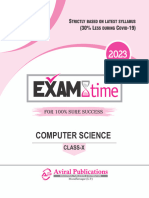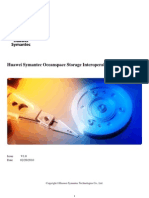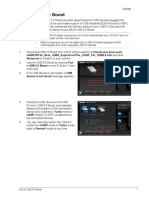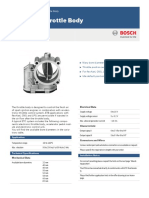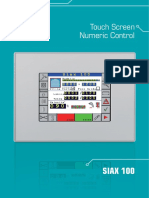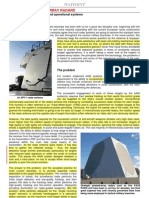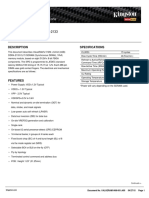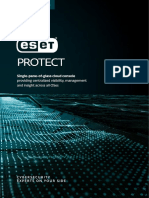0% found this document useful (0 votes)
45 views4 pagesEdexcel GCSE Computer Science Paper 1 Part 3
The document outlines exam questions for Edexcel GCSE Computer Science Paper 1, covering topics such as problem solving, data representation, computer systems, networks, and ethical, legal, and environmental impacts. Each topic includes specific questions with tips for answering, focusing on concepts like algorithms, data conversion, network types, and the implications of technology. The questions are designed to assess understanding and application of computer science principles.
Uploaded by
gamermonster099Copyright
© © All Rights Reserved
We take content rights seriously. If you suspect this is your content, claim it here.
Available Formats
Download as PDF, TXT or read online on Scribd
0% found this document useful (0 votes)
45 views4 pagesEdexcel GCSE Computer Science Paper 1 Part 3
The document outlines exam questions for Edexcel GCSE Computer Science Paper 1, covering topics such as problem solving, data representation, computer systems, networks, and ethical, legal, and environmental impacts. Each topic includes specific questions with tips for answering, focusing on concepts like algorithms, data conversion, network types, and the implications of technology. The questions are designed to assess understanding and application of computer science principles.
Uploaded by
gamermonster099Copyright
© © All Rights Reserved
We take content rights seriously. If you suspect this is your content, claim it here.
Available Formats
Download as PDF, TXT or read online on Scribd
/ 4





















































